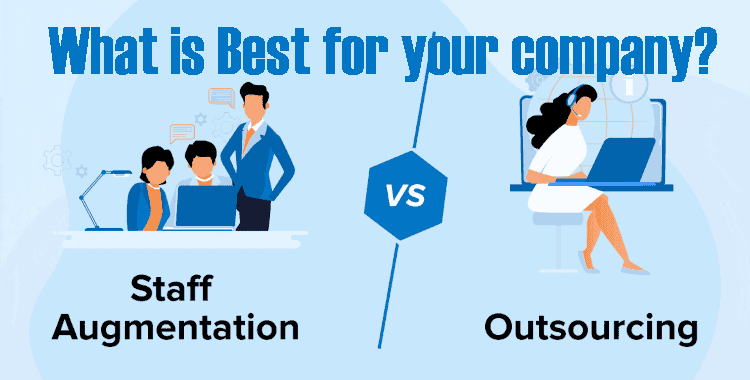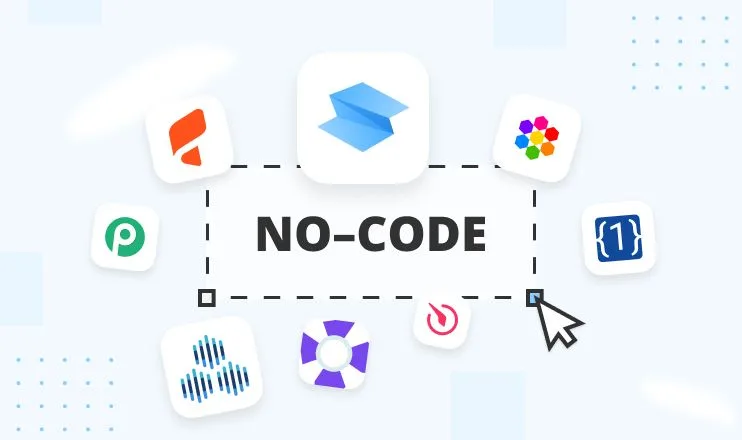
The Advantages and Disadvantages of No Code Platforms
No-code platforms are not the universal solution for every tech need. Most assume that ditching traditional coding altogether is the future.
Thank you for reading this post, don't forget to subscribe!Are you a non-developer with the bright idea of producing your own website? Do you want this process to be fast, easy and efficient? Are you willing to depend on a platform to uphold your ‘bright idea’?
It’s risky, but if you are, you may want to use a no code platform. ‘A no code platform!’, I hear you say, ‘You have to code all of your software, right?’ Wrong. It is possible to create a website with the tap of a few buttons and a small fee as it is convenient…or is it? I will be sharing my ‘traffic light system’ which covers the advantages, the disadvantages and the inbetweeners (both advantages and disadvantages).
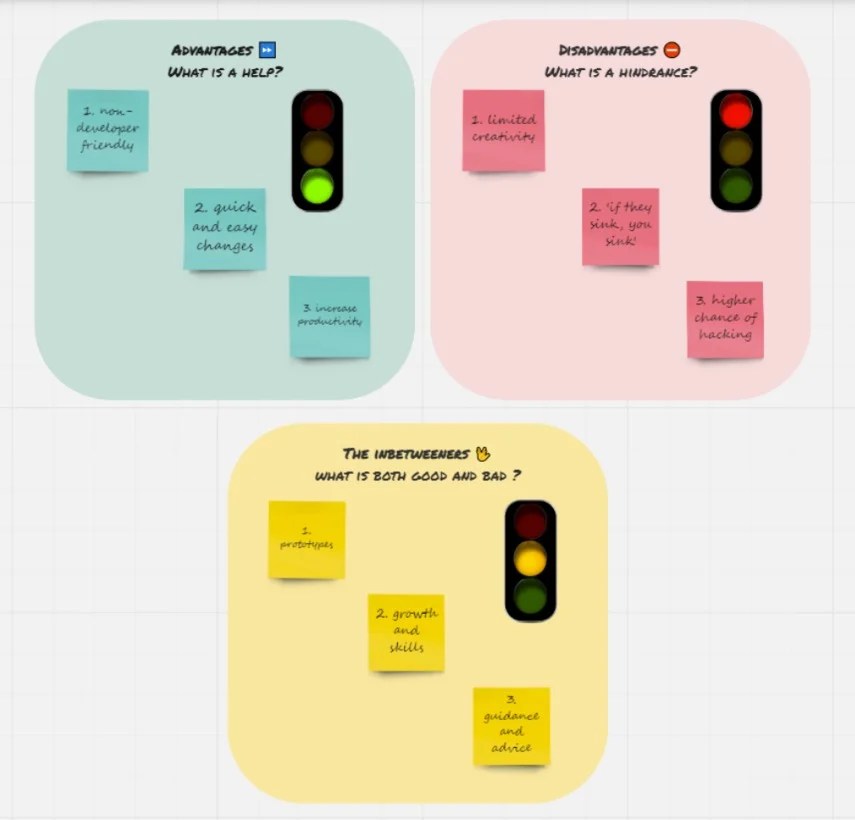
ADVANTAGES
1. Non-developer friendly
No code platforms allow those who are unable to code to release content. This means that it is more accessible for many people to be able to be successful whilst saving money on hiring a team of people to code their program for them. Furthermore, if you are planning on beginning a small project, you would save money and time from avoiding producing a complex website, this also makes it more user-friendly to maintain.
2. Quick and easy changes
Using a No code platform you often presented with a visualisation of your systems rules allowing you to drag and drop new logical operators to make changes. This allowes slightly less tehcnically skilled indeviduals make changes without having to have the skills to make more complex code changes.
3. Increased productivity
Altogether, these positive aspects of no code platforms provide the high possibility of an increase in productivity due to the simplified development cycle. In addition to the faster delivery, you will have a more predictable release cycle as there are usually less thing to go wrong in no-code projects.
DISADVANTAGES
1. Limited Customisability and Scope
As no code platforms only allow users to create with fixed templates, there is a lack of customisation or anyway to add specialist requirements.
If for example your no-code platform vendor didnt think a crm function email buffer sending was important enough to add, then the chances are your emails are going out unbuffered. However, this may be an advantage; this is something that I talk about further on in the inbetweeners section…
2. ‘If they sink, you sink’
Many don’t realise there is code supporting the ‘behind the scenes’ backend of these no code platforms. The masterminds behind these platforms may even find bugs in their own code. Meaning you may be reliant on the supplier’s motivation to fix bugs in their own system before you can get your project working.
Another huge problem is if the nocode platform supplier loses funding, goes out of business or is aquired by a compeititor, you will likely find yourself haing to rebuild your entire system from scratch.
3. Higher chance of having your data compromised
It is very tempting to allow a third party to guard your data, like the cloud for instance, who secures all of photos, videos and other data types on servers that are scattered across the world. The only difference is, no code platforms may not be reliable, so choose wisely…many major security risks occur if your platform gets hacked which leads to data leaks.
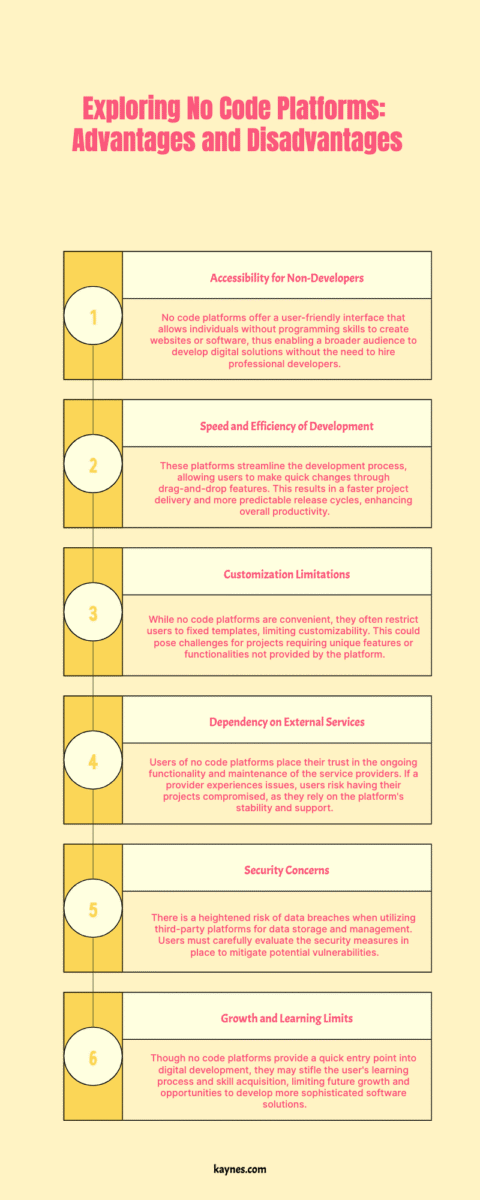
THE INBETWEENERS
1. Prototypes
Prototypes are a useful tool when releasing content online to visualise how a project may look- this is also effective when testing for faults, scoping for improvements and even determining the success of your project before large amounts of money and time is invested in translating your project into higher-level language; perhaps to grow your company’s project.
As the features on no code platforms are fixed this may be difficult to translate to higher-level languages in order to suit your style.
However, if you can translate it into a higher-level language, and as the fixed features have limited your creativity, more genius ideas would arise when adapting to changes of the market and growing your company. For this, you may become recognised more as a creator and earn valuable ‘brownie points’ for your unique ideas!
2. Growth and skills
As there are already predetermined templates which have, essentially, been coded for you, you may have just limited yourself to being given the tools to build your empire rather than learning the top-notch skills for future projects; i.e being able to program using high-level languages.
Although, if your project grows in terms of popularity, you may choose to ‘stick to what you know’ and continue on the no code platform path. Conversely, this limits your skills as well as your creative growth. If your project is getting recognition from many real-life consumers, you are clearly doing something right.
3. Guidance and Advice
The conflict in using no code platforms, is where employees begin to feel a sense of comfort with the ‘hand holding’ idea only willing to solve problems within its constrained parameters. This can result in obstructing their learning and skills growth which, in the long run can hurt your competitive advantage and ability to innovate.
On the other hand, no code platforms guide you on where to begin with your project; skilled programmers may also find it difficult to initiate their codes despite their experience (hence the development of a portfolio). This is simply because all projects and requirements are different! In other words, this would be useful for those who become overwhelmed whilst staring at a space on their screens with a lack of code wondering ‘where do I start?’
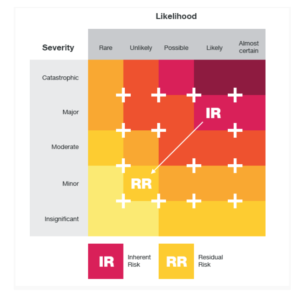
A Conclusion to NoCode and the ‘TRAFFIC LIGHT SYSTEM’
Like a traffic light, you must consider the red lights which hinder you from approaching no code platforms, the green lights which help you approach the no code platforms and the amber lights which give you hope and doubt about approaching no code platforms. Overall, there will be risks but there are also huge benefits. No code platforms provide opportunities, if you are careful.
External Source


